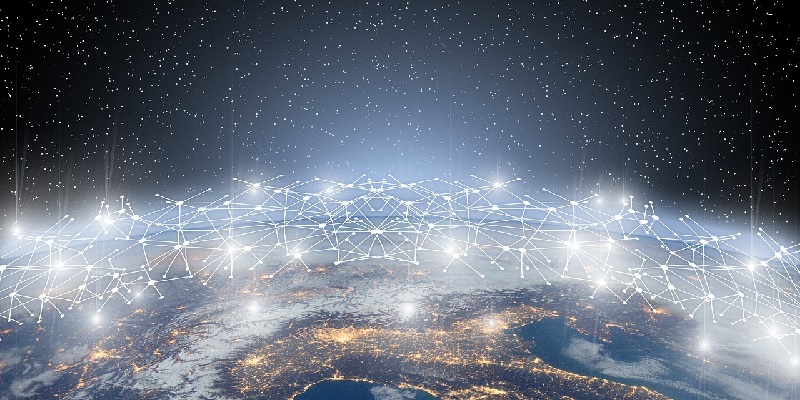Over the past decade, cloud computing has become the dominant paradigm for data storage and processing. However, it has not been without its challenges. Research has found that latency, bandwidth constraints, and security concerns have become significant issues resulting from the centralized nature of cloud computing. To address these issues, a new paradigm has emerged: fog computing. Fog computing brings computation and data storage closer to the devices and users generating and consuming the data. In this article, we will explore the advantages of fog computing over cloud computing.
Challenges of cloud computing
Cloud computing has become a popular choice for businesses and individuals due to its cost-effectiveness and convenience. However, research has found that it is not without its challenges. One of the primary problems posed by cloud computing is latency – the time it takes for data to travel between devices and the cloud. This is a critical issue for mobile and IoT devices, where real-time data processing is necessary.
Bandwidth constraints are another problem for cloud computing. As more and more data is generated, the available bandwidth is limited, leading to slower processing times and decreased efficiency. Additionally, security remains a concern due to the centralized nature of cloud computing. Hacking and data breaches are risk factors that companies cannot ignore.
Introduction to Fog Computing
Fog computing is a new approach to data processing and storage that distributes processing tasks across a network of devices and data centers. Fog computing is also referred to as edge computing because it brings computation and data storage to the edge of the network, closer to the devices generating and consuming the data. Unlike cloud computing, where data processing and storage occur in a centralized location, fog computing is a decentralized process.
Benefits of Fog Computing
By bringing computation and data storage closer to devices, fog computing can significantly reduce latency and improve network efficiency. The closer data is to the device, the faster it can be processed, leading to enhanced real-time processing and decision-making capabilities.
Improved network efficiency
Fog computing is a technology that distributes processing tasks across a network of devices and data centers, enabling workload to be distributed across the network. This approach enhances overall network efficiency and reduces the amount of data traveling back and forth between devices.
The rise of IoT
The internet of things (IoT) refers to the network of devices that are connected to the internet and can communicate with each other. IoT devices are increasingly prevalent in our homes, cars, and workplaces. Research has found that the global IoT market is expected to reach $14.4 trillion by 2022, with over 50 billion connected devices worldwide. As the number of connected devices continues to grow, so does the need for more efficient and secure networking technologies.
Bandwidth Constraints and Fog Computing
Fog computing can help alleviate bandwidth constraints. With fog computing, data is stored and processed closer to the device, reducing the need for data transmission. This approach also ensures that only the most critical data is transmitted, thus reducing the amount of nonessential data traffic on the network.
Enhanced Data Security and Privacy with Fog Computing
In contrast to cloud computing, fog computing enhances data security and privacy. Since data processing occurs closer to the device, there is less risk of data breaches or hacks. Unlike cloud computing, where data resides in a centralized location, fog computing ensures that data is processed and stored locally, minimizing data exposure.
Growing need for more efficient and secure networking technologies
As our world becomes increasingly connected, the need for more efficient and secure networking technologies continues to grow. Businesses and individuals require fast, reliable connections that ensure their data is protected. Fog computing holds the key to addressing the shortcomings of cloud computing by providing a decentralized approach that is both efficient and secure.
Accelerated Adoption of Fog Computing and the Future of Connectivity and Innovation
As more and more companies and individuals become aware of the benefits of fog computing, the adoption of this technology is expected to accelerate. With the rise of IoT and the need for more efficient and secure networking technologies, fog computing holds the key to unlocking the next wave of connectivity and innovation.
Fog computing is an innovative approach to data processing and storage that offers many advantages over cloud computing. The benefits include reduced latency, improved network efficiency, enhanced data security and privacy, and the ability to address bandwidth constraints. As the number of connected devices continues to grow, fog computing holds the key to addressing the challenges posed by cloud computing and enabling the next wave of connectivity and innovation.

